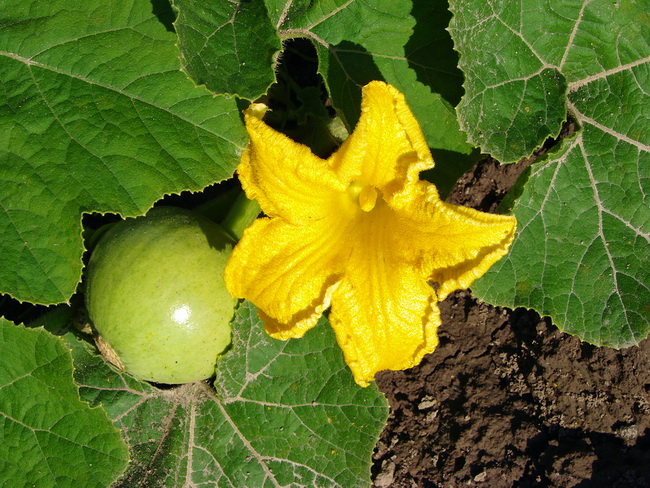- Make It Yourself Lavender Heart-Shaped Bath Bombs!
- 20 Things You Never Knew About “Down There”
- 12 Best Foods For Those Suffering From Arthritis Pain
- 12 Personal Hygiene Mistakes Almost Everyone Makes (Mom Never Told You About #4!)
- 15 Medicinal Plants And Herbs From The Cherokee People
- 12 Mind-Blowing Benefits Of Drinking Coconut Water During Pregnancy
- 12 Outstanding Winter Foods That Won’t Fatten You Up Like A Christmas Turkey
Can You Really Eat Pumpkin Leaves?

Photo credit: bigstock.com
Almost everyone knows the juicy goodness of pumpkins but how many of you know that pumpkin leaves are darn nutritious? If you have ever really looked at a pumpkin leaf, it’s understandable why few people think of eating them. They are covered in fuzz, with a thick, fibrous spine, they certainly don’t look edible the way nasturtiums do.
With a little work, pumpkin leaves are a great way to get some valuable nutrition. Low in calories, pumpkin leaves are high in vitamin C, vitamin A, calcium, and iron.
You probably already know that calcium is important for healthy bones and teeth, and females especially need calcium to avoid osteoporosis (find out top 10 signs you might have osteoporosis). If you don’t want to consume dairy products to get your calcium, pumpkin leaves are a good food to add to your diet.
Vitamin A provides us with healthy eyes and skin, while vitamin C is vital for the healing of wounds and supports the immune system. Your body cannot make vitamin C, it doesn’t even store it, and so you need to get some of this important vitamin every single day.
Take a look at some of the other benefits you can get from eating pumpkin leaves.
1. Lowers cholesterol levels
2. Offers liver protection
3. Pumpkin leaves have antibacterial compounds
4. Rich in iron
5. Known for supporting lactating mothers
6. Improves the immune system
7. Good source of protein
8. Improves fertility in men
Continue to Page 2
































